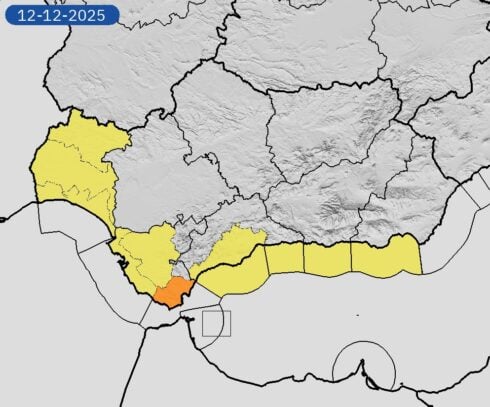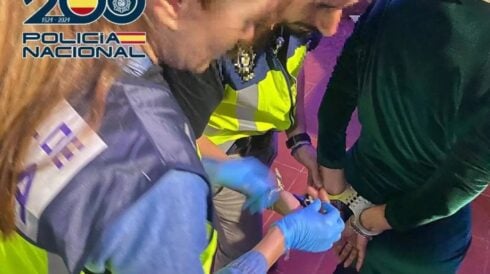THE West Nile virus is seeing a surge in cases in southern Spain, sparking protests from locals this week.
They are calling on health authorities to create a vaccine for the deadly disease, which is transmitted by mosquitos.
READ MORE: Protesting locals demand vaccine for deadly West Nile virus following deaths
There have been two deaths in Sevilla province this summer alone after two women, aged 86 and 71, succumbed to the virus.
But what is West Nile virus and why is it deadly?
The West Nile virus is mostly transmitted via mosquito bites. The blood-sucking insects become infectious when they feed on birds carrying the disease.
According to the World Health Organisation, the virus circulates in the mosquitos for a few days before eventually reaching their salivary glands.
When they feast, or bite, the virus is then injected into their victims, be them humans or animals.
WNV can also be transmitted through contact with other infected animals, their blood or tissue, warns the WHO.
But not everyone who is infected with WNV will show symptoms.
The WHO explains: “Infection with WNV is either asymptomatic (no symptoms) in around 80% of infected people, or can lead to West Nile fever or severe West Nile disease.
“About 20% of people who become infected with WNV will develop West Nile fever. “Symptoms include fever, headache, tiredness, and body aches, nausea, vomiting, occasionally with a skin rash (on the trunk of the body) and swollen lymph glands.”
It adds: “The symptoms of severe disease (also called neuroinvasive disease, such as West Nile encephalitis or meningitis or West Nile poliomyelitis) include headache, high fever, neck stiffness, stupor, disorientation, coma, tremors, convulsions, muscle weakness, and paralysis.
“It is estimated that approximately 1 in 150 persons infected with the West Nile virus will develop a more severe form of disease.”
While the serious version of the disease can strike anyone, the most at risk people are over the age of 50 and those with compromised immune systems.
There is currently no treatment nor vaccine for WNV.
Patients who require hospitalisation are monitored and given intravenous fluids, respiratory support and ‘prevention of secondary infections’.
Click here to read more Spain News from The Olive Press.








